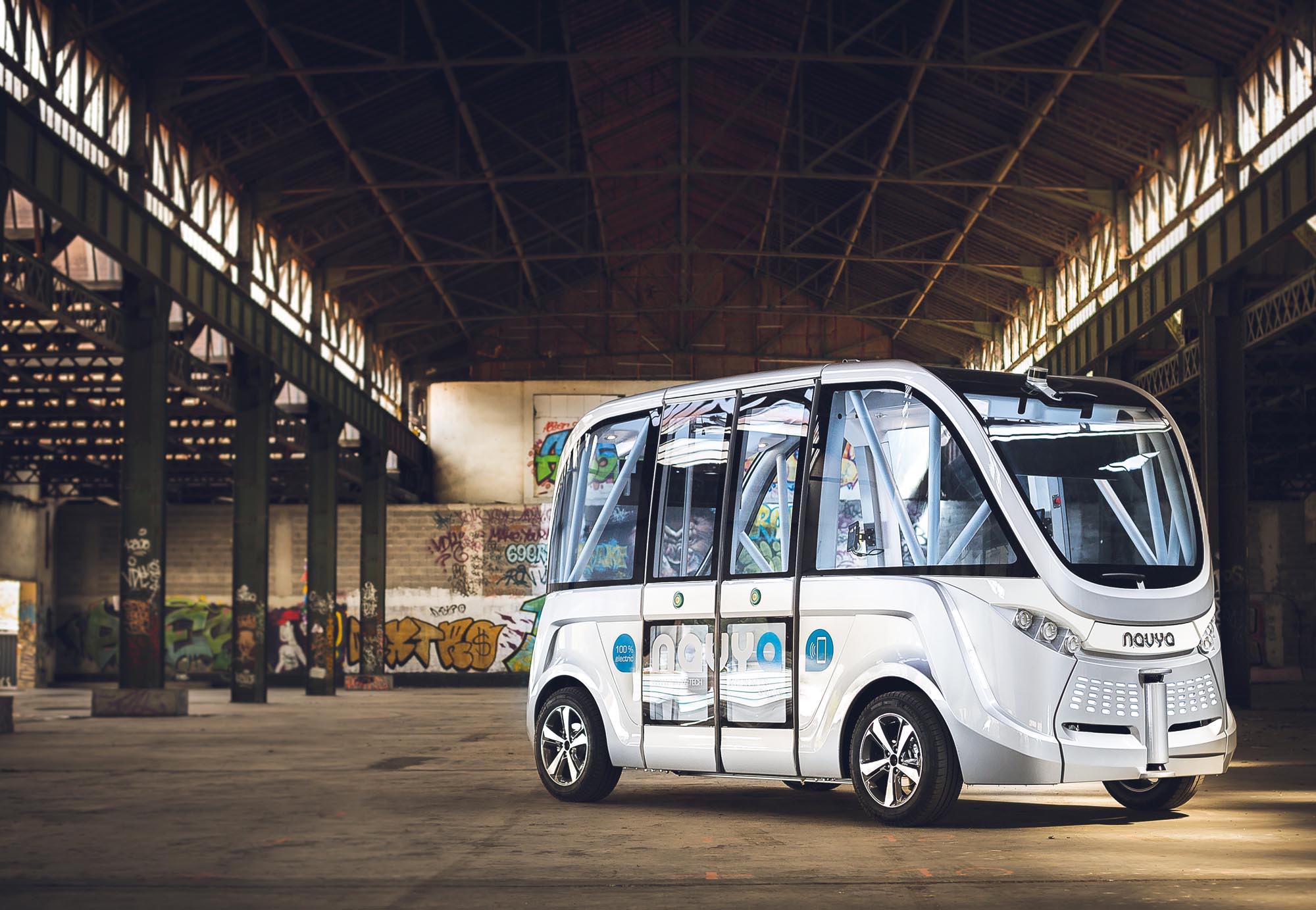Drone alone
Amazon made its first drone delivery inthe UK in December last year. The package was an Amazon Fire TV media player and a bag of popcorn to go with it. While the delivery address – a farm set in the featureless, flat landscape of Cambridgeshire – marks the exercise out as a publicity stunt, the company has proved that it can be done. What might prove trickier will be delivering a parcel to a home in a crowded city street. Small boys with catapults might also be a problem.
Air play
As well as drone deliveries, the UK has been pioneering an airship/aircraft crossover. The Airlander 10, built by Hybrid Air Vehicles, is, at 92 metres, longer than any existing aircraft and designed to stay aloft for long distances to deliver payloads. Its main advantage over conventional aircraft is that it’s cheap to build and fuel, despite the decrease in speed. Its somewhat unusual shape has earned it the moniker ‘The Flying Arse’. Further indignity followed when it gently nosedived into the ground during an early trial flight.
Look, no hands
The idea of driverless cars has been around for a while, and though the technology is for the most part sound, the main problem is getting people to trust it – would you send your children to school in a driverless car? Google’s subsidiary Waymo aims to get us all used to them by 2020. To begin with, at least, it looks like use for cargo delivery rather than public transport will be easier for people to swallow – and regulators too. Uber’s fleet of driverless Volvos temporarily left testing in California for Arizona, where driverless cars are street legal. Fearful of looking behind the times, the Silicon Valley state quickly updated its rules of the road.
Leader in its field
German agricultural manufacturer Fendt has designed a system that enables a line of driverless tractors pulling a variety of ploughs and other tools to follow a manned tractor, doubling or tripling productivity while lessening manpower. Plough furrows can be aligned within a tolerance of 1-2cm.

Herd instinct
Fans of autonomous lorries are studying the possibility of forming fleets using ‘swarming’ technology – the advantage is that several trucks moving togetherin one lane at the same speed could mean less congestion. The trick, apparently, is finding the critical number – too few is inefficient, too many and the necessary communication between each one gets difficult.
Mind the gap
The travelling public is more trusting of driverless trains – mainly because they follow rails. Many of the trains on Singapore’s MRT are driverless (below), while most people-movers at airports have no one at the wheel.
No hands on deck
If on land, why not at sea? Rolls-Royce is leading the charge for captain-less ships with its Advanced Autonomous Waterborne Applications Initiative. The main hurdles appear to be land-to-vessel communications and security; it looks likely that initially the ships will be controlled remotely, with full automation coming later.

Where to?
Passengers landing at Christchurch, New Zealand will soon be transported around the airport by a driverless 15-seat electric Smart Shuttle (top). Rather than rolling on rails, this is a genuine autonomous vehicle. Initial trials will be carried out in quiet areas of the airport, but if they prove successful, bums on seats will follow. But not on the driver’s seat.
The third dimension
Why bother with delivery at all? A 3D printer could mean that an urgently needed component is printed right where it’s needed. 2D print made space in cargo holds when publishers could print newspapers in multiple locations worldwide, rather than ship them from one source. Manufacturing giant GE is already testing the GE9X engine that will power the new generation Boeing 777X from around 2020. Many of the components have been 3D printed. This is a milestone, but the long-term potential of this technology is almost limitless.
Beam me up, Scotty
A few logical steps up from 3D printing – but a very long way in the future – is teleportation, or the movement of an object by reducing it to atoms and reassembling it elsewhere. Quantum physicists in Denmark claim to have moved a small amount of matter some 45 centimetres to the left; next up is beaming one of their less popular colleagues to Sweden.








